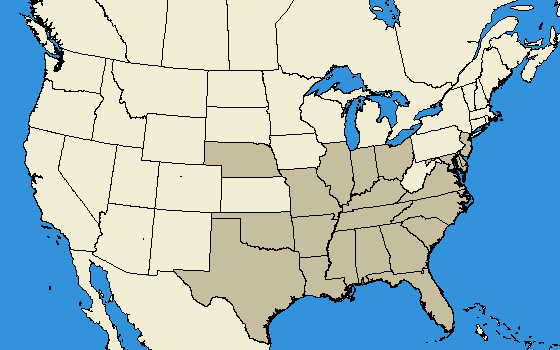Here in southwest Kansas it has been hard to miss the large,
pebble-covered mounds of the harvester ant, Pogonomyrmex
spp., or "Pogos". These impressive ant mounds can
be up to 1 meter (3.3 feet) wide and extend up to 3 meters (10 feet!) into the earth.
 |
| Damn my lack of scale! This P. barbatus mound was 3 feet in diameter. |
 |
| Again, lack of scale, but this P. occidentalis nest was quite noticeable from 100 feet away. |
Naturally, once I found myself standing over
one of these mounds in awe, it was also hard to miss the large, red ants busily
moving in and out of the mound.
 |
| The Red Harvester (P. barbatus) hard at work. |
 |
| More P. barbatus, apparently a darker form, ignoring my camera. |
There
are 22 species of harvester ant in North America and 6 of these can be found in
Kansas. While it can be tricky to
determine exactly what species of harvester ant you are looking at, there are a
handful of characteristics (aside from the obnoxiously large mound) that can
help you determine that you are definitely looking at a harvester ant.
- Harvester ants are noticeably large for ants,
5-10 mm (.2-.4 in)
- The commonly encountered harvester ants are dark,
rusty red or red
- Harvester ants have large heads and formidable
looking jaws
-
If you look a little closer, you’ll notice that
the ant’s abdomen is joined to the thorax by a noticeable “stalk” consisting of
two segments.
-
Before the two segments of the “stalk” start,
there is a pair of bad-ass spikes!
See? Not so hard.
While these ants are large and intimidating, luckily they are not overly
aggressive (at least in my experience so far).
However, the sting of
the harvester ant can be quite painful, the venom affects the lymph system and
lasts a long time. Apparently harvesters
are responsible for killing at least three small children in Oklahoma.
 |
| "Dude, have you seen the pair of bad-ass spikes on my epinotum?" "Yeah. Hey, who's that jackass with the camera?" |
So why are these ants known as “Harvester” ants and not
“large, intimidating, kill-you red/rusty-red ants”?
Well, that’s easy. Harvesters primarily feed on
the seeds of various grasses. Ants
actively forage, or harvest, grass
seed and store them back at the nest.
Harvester ants also tend to clear away, or harvest, all vegetation surrounding their mounds, sometimes
creating a mound clearing up to 7 meters (22.9 feet!) in diameter. Additionally, I had my face/camera nary .3
meters (12 inches) from these ants the entire time I watched them bounce the weevil
from “Club Pogo”. I am unscathed. I could not say the same thing if I had been .3
meters (12 inches) from a fire ant mound…more likely I would just be saying, “son
of a B$%#&@!!!”. To further support the idea that these ants are not overly
aggressive and are quite content to chow down on grass seeds, a quick story.
Once upon a time, the author (that’s me!) came upon a
visible commotion at the entrance of a harvester mound. Upon closer inspection, a few harvesters
were observed to be grappling with a weevil a bit larger than any of the ants. Surprisingly, the ants were not trying to
drag the weevil into the dark depths of the mound, they were actually trying to
eject the weevil from the mound itself.
The ants carried the stubborn weevil about ten inches from the mound
opening and dropped it. Immediately,
the weevil scurried back to the opening and again was forced out by the
ants. The weevil did not attempt a third
entrance into the mound but wandered off completely unscathed while the ants
went back to the business of their harvest. One (as in me) may wonder (repeatedly) if the weevil was interested in the ants' stored seed or if it was just trying to escape the sun. Anyways, the
ants and weevil lived happily ever after.
 |
| P. barbatus bouncers escort Scaphomorphus frontalis from "Club Pogo". |
 |
| Scaphomorphus frontalis don't care. Scaphomorphus frontalis has other things to do anyways. |
Go look at some ants!








































